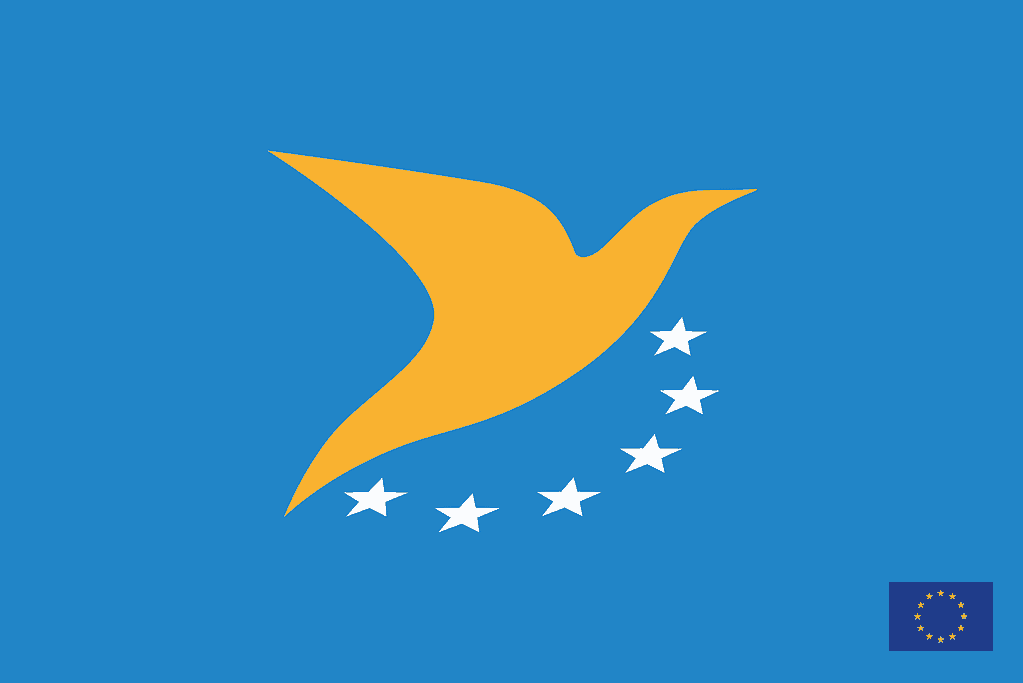Section 44809 of title 49 of the United States Code (49 USC 44809) is the law that sets out the limitations for operating small unmanned aircraft for recreational purposes.
The law is sometimes called the FAA 44809 or FAA Recreational Flyers 44809.
The full text of Section 44809 of Title 49 can be found here: USA Hobbyist or Recreational Drone Law – Section 44809 Recreational Online
TLDR:
Under this law, a person may operate a small unmanned aircraft without specific certification or operating authority from the Federal Aviation Administration if they follow certain limitations, such as operating strictly for recreational purposes, adhering to safety rules made by a community-based organization in collaboration with the FAA, and flying within visual line of sight. The law also requires passing an aeronautical knowledge and safety test and registering and marking the aircraft.
The law allows the Administrator to pursue enforcement action against those who endanger the safety of the national airspace system. The Administrator can also make rules for all unmanned aircraft, including those that qualify for the exception in this section.
Section 44809 Recreational Explained
USC 44809: Exception for limited recreational operations of unmanned aircraft
Paragraph (a) – The general requirements to qualify (44809 Drone Rules)
Except as stated in paragraph (e), and despite chapter 447 of title 49, United States Code, a person may operate a small unmanned aircraft without particular certification or operating permission from the Federal Aviation Administration if all of the following requirements are met (scope of 44809):
- The aircraft (44809 Drone) is solely used for leisure reasons.
- The aircraft is flown following or within a set of safety rules prepared in collaboration with the Federal Aviation Administration by a community-based group.
- The aircraft is flown within the visible line of sight of the pilot or a co-located visual observer who communicates directly with the pilot.
- The drone is flown so that it does not interfere with and must give way to any manned aircraft.
- The operator receives prior authority from the Administrator or designee before operating in Class B, Class C, or Class D airspace or within the lateral boundaries of the surface area of Class E airspace assigned for an airport and complies with all airspace limitations and prohibitions.
- In Class G airspace, the aircraft is flown from the ground to no more than 400 feet above ground level, and all airspace limitations and prohibitions are followed.
- The operator has completed the aeronautical knowledge and safety exam established in paragraph (g) and has proof of test passing on file for the Administrator or law enforcement to inspect upon request.
- The UAS is registered and marked, and evidence of registration is accessible upon request to the Administrator or a designee of the Administration or law enforcement.
Paragraph (b) – Other Operations not covered by Paragraph (a)
Unmanned aircraft activities that do not fall within the scope of 44809 paragraph (a) shall adhere to all general rules and regulations that apply to unmanned aircraft and unmanned aircraft systems.
Simply put, if you do not qualify under paragraph A, except for Fixed-Site operations discussed below, and your drone is under 55 pounds, your drone flight must be authorized under Section 107 of the FAA rules.
Paragraph (c) – Fixed-Site Operations.
- Operating procedure required. Anyone operating an unmanned aircraft under subsection (a) from a fixed site within Class B, Class C, or Class D airspace or within the lateral boundaries of the surface area of Class E airspace designated for an airport or a community-based organization conducting a sanctioned event within such airspace, shall notify the Administrator of the location of the fixed site and shall establish a mutually agreed upon operating procedure with the Administrator.
- Unmanned aircraft weighing more than 55 pounds. Under subsection (a), a person may operate an unmanned aircraft weighing more than 55 pounds, including the weight of anything attached to or carried by the aircraft, if:
- The unmanned aircraft complies with standards and limitations developed by a community-based organization and approved by the Administrator and
- The aircraft is operated from a fixed site, as described in paragraph (1) above.
Paragraph (d) – Making Changes
- In general. The Administrator, in conjunction with government, stakeholders, and community-based groups, shall undertake a process to update the operational parameters described in paragraph (a) regularly, as needed.
- Points to consider. When updating an operational parameter under paragraph (1), the Administrator shall consider the following factors:
- Appropriate operational limitations to mitigate risks to aviation safety and national security, including risk to the uninvolved public and critical infrastructure;
- Operations outside the membership, guidelines, and programming of a community-based organization;
- Physical characteristics, technical standards, and classes of aircraft operating under this section; and
- Trespass.
- Savings clause. Nothing in this subsection shall be construed as extending the Administrator’s authority to require a person operating an unmanned aircraft under this section to seek the Administrator’s permissive authority beyond that required in subsection (a) of this section before operation in the national airspace system.
Paragraph (e) – Statutory Construction
Nothing in this section shall be considered to impair the Administrator’s power to take enforcement action against anybody flying an unmanned aircraft who endangers the safety of the national airspace system.
Paragraph (f) – Exceptions
Nothing in this section precludes the Administrator from promulgating rules generally applicable to unmanned aircraft, including those unmanned aircraft eligible for the exception outlined in this section, relating to:
- Updates to the operational parameters for unmanned aircraft in subsection (a);
- Unmanned aircraft registration and marking; and
- Standards for remotely identifying owners and operators of unmanned aircraft systems and associated unmanned aircraft.
Paragraph (g) – Aviation Knowledge and Safety Examination
- In general. Not later than 180 days after the date of enactment of this section, the Administrator shall develop an aeronautical knowledge and safety test in consultation with manufacturers of unmanned aircraft systems, other industry stakeholders, and community-based organizations, which can then be administered electronically by the Administrator, a community-based organization, or a person designated by the Administrator.
- Conditions. The Administrator shall ensure that the aeronautical knowledge and safety test is designed to demonstrate an operator’s (A) understanding of aeronautical safety knowledge and (B) knowledge of Federal Aviation Administration regulations and requirements about the operation of an unmanned aircraft system in the national airspace system.
The law requires that all recreational flyers pass an aeronautical knowledge and safety test and provide proof of passage if asked by law enforcement or FAA personnel. The Recreational UAS Safety Test (TRUST) was developed to meet this requirement.
Paragraph (h) – Community-Based Organization Defined
In this section, the term “community-based organization” refers to a membership-based association entity that:
- Is described in section 501(c)(3) of the Internal Revenue Code of 1986;
- Is tax-exempt under section 501(a) of the Internal Revenue Code of 1986;
- Whose mission is demonstrably the advancement of model aviation and
- Provides a comprehensive set of safety guidelines for all aspects of model aviation addressing model assembly and operation.
Paragraph (i) – Acknowledgement of Community-Based Organizations
Within 180 days of this section’s adoption date, the Administrator shall issue an advising circular identifying the criteria and process necessary for community-based organization recognition in conjunction with aeromodelling stakeholders.
FAQs
What is a recreational flyer?
A recreational flyer is a person who operates an unmanned aircraft system (UAS) strictly for recreational purposes in accordance with 49 USC 44809. Recreational flying means flying only for fun and not for work, payment, or as part of any business. The FAA has said that getting paid or not paid is not the only thing that decides if a flight is commercial or recreational. Even volunteering to take photos for a group like a charity can count as a commercial use. Other examples of commercial uses are taking photos of your school game or event for the school’s website, checking roofs, or even taking pictures to sell a property. To be considered a recreational UAS drone flyer, the aircraft must be flown strictly for recreational purposes, and the operator must follow the eight conditions set by the FAA (Drone 44809 Rules Above).
NOTE: This page is about the Regulation of Unmanned Aerial Vehicles: Small Unmanned Aerial Systems (SUAS), Small UAS, Remote Piloted Aerial Systems (RPAS), unmanned aerial vehicle (UAV), Unmanned Aerial System (UAS), and drone are interchangeable terms unless specified. Model Aircraft, toy, remote-controlled, and RC aircraft may be covered by the same regulations unless specified.
Find out why
We think you must use a Drone Preflight Checklist
And a Drone Post-flight checklist
Free Drone Flight Checklist PDF
This Drone Flight Checklist is better than others.
It’s free!
It includes both the preflight checklist and post-flight checklist
It’s an easy-to-use printable PDF that covers all your bases.
Traveling with a Drone?
Click here to read our Comprehensive Guide For Traveling With A Drone.
NOW IT’S YOUR TURN




Leave a Comment